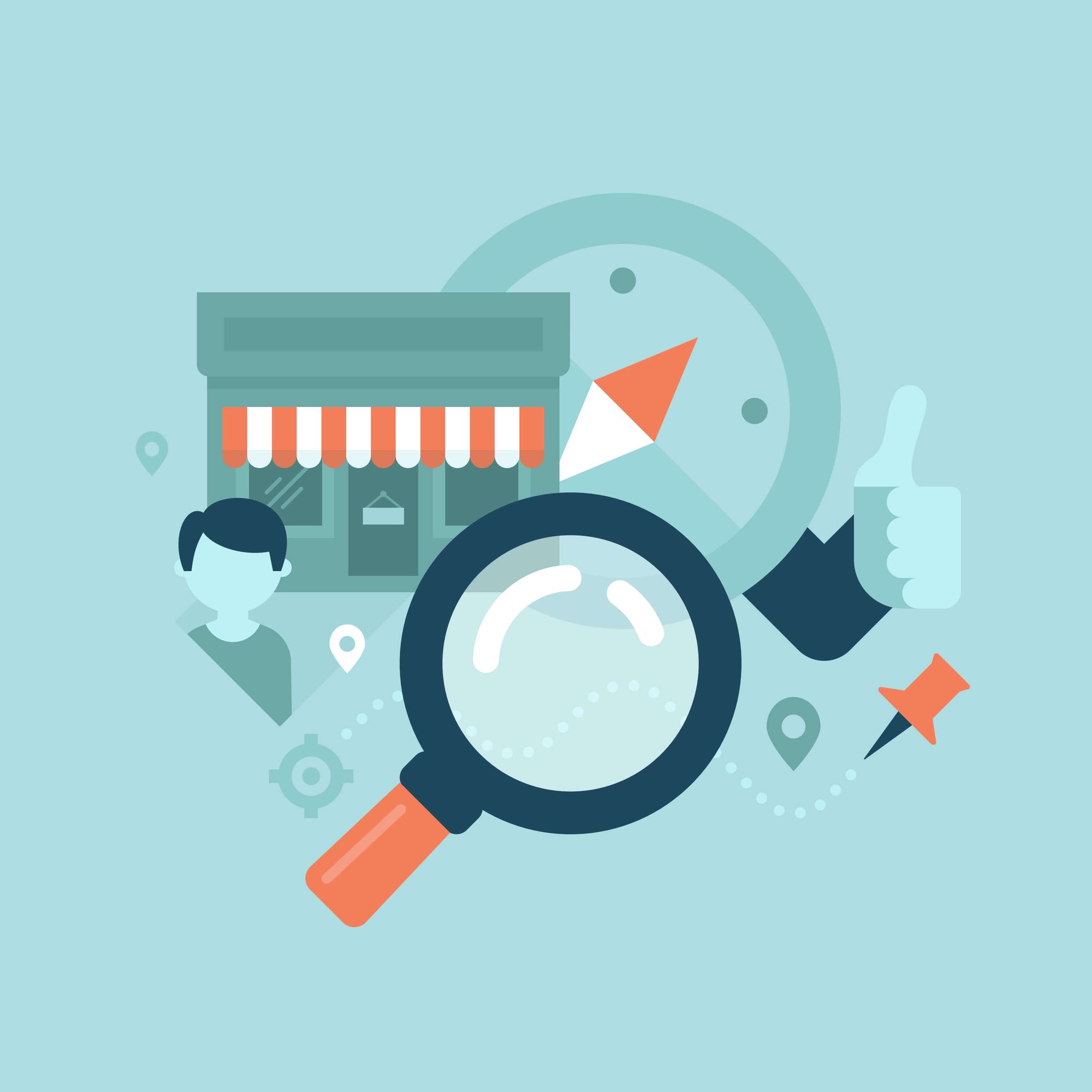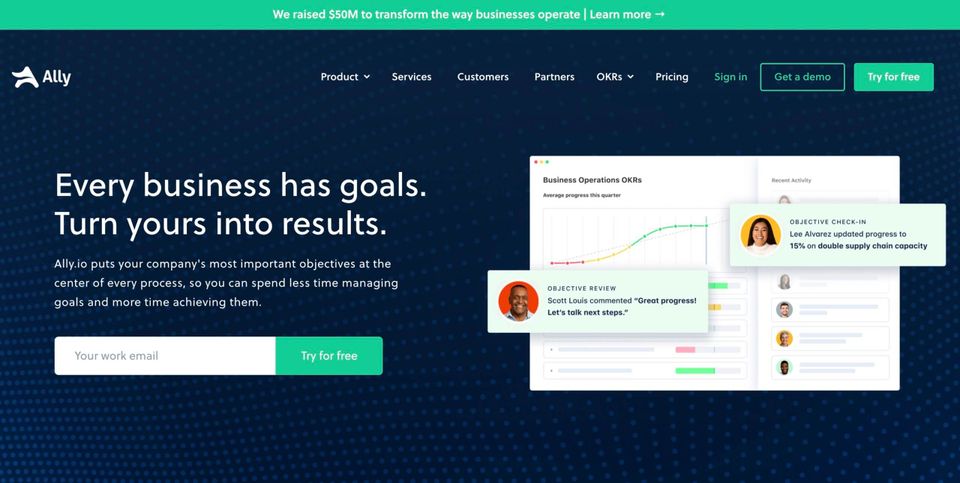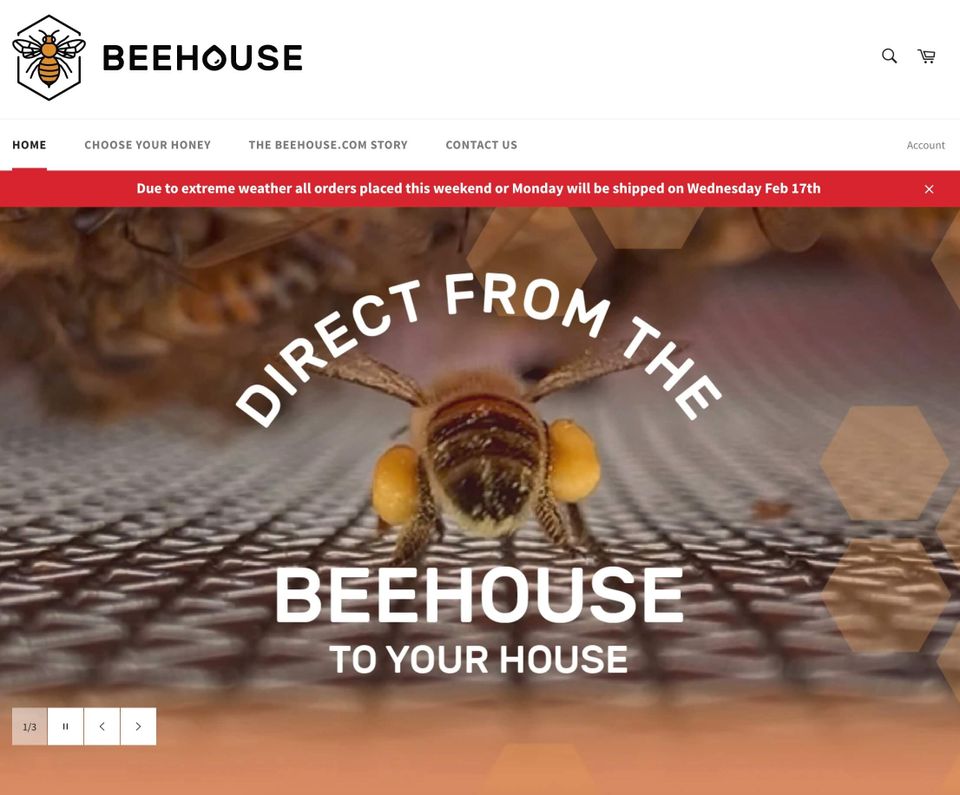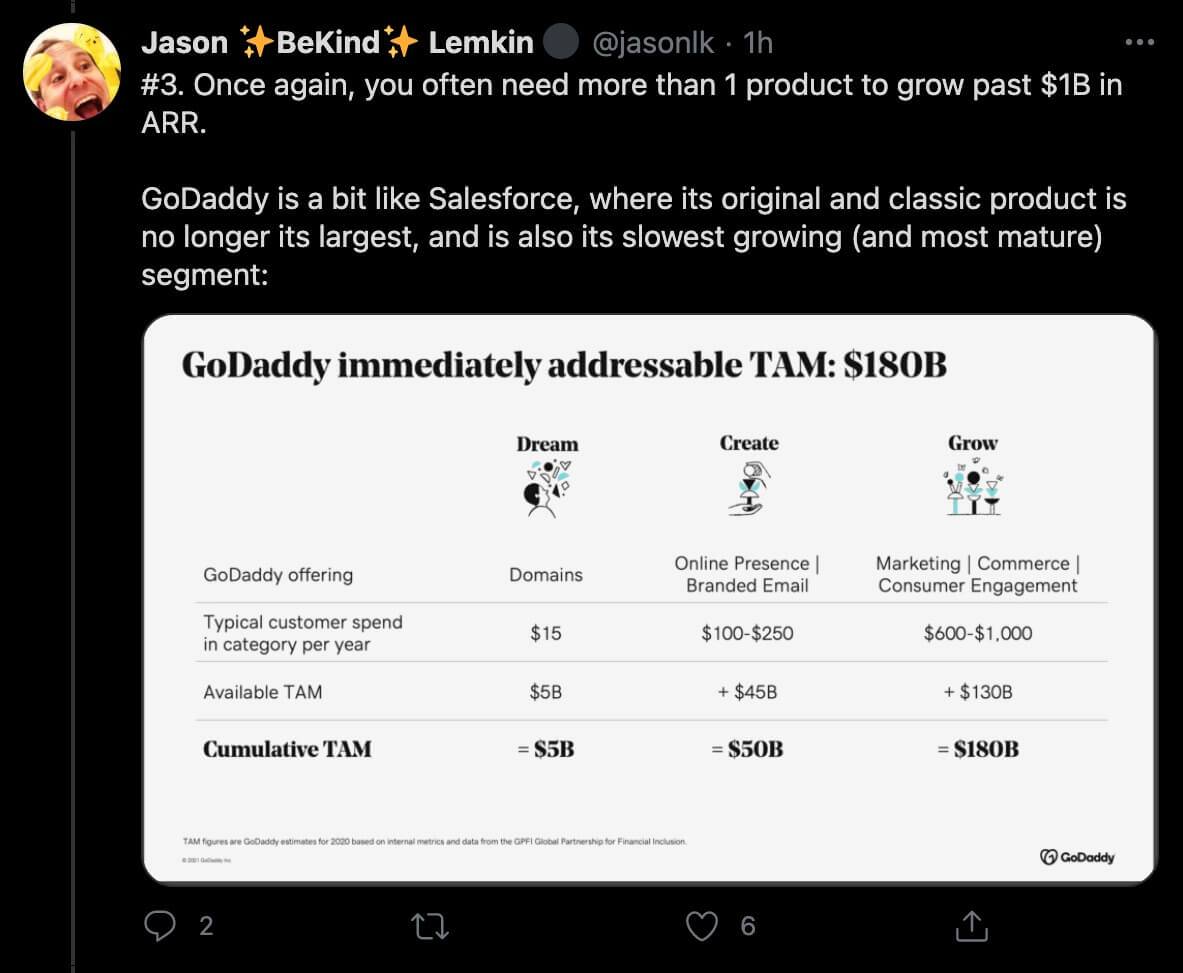
People talk a lot about the concept of “brand protection” and it’s something that is relevant to startups and Fortune 500 companies alike. Most people check the box and decide their brand is protected because they own the .COM, and have the matching Twitter and Instagram handles.
The reality is, your brand is a lot more than one domain name and two social media handles. In fact, if that’s all you have – just think of everything you don’t have. Anyone could launch a website on the same domain as you but just have it end with .NET or .ORG, they could even create a confusingly similar product to yours and sell it under your brand name.
Oh and that can all still happen while you happily own the .COM, the matching Twitter and Instagram handles, heck you can even have company shirts and hats. There’s a good chance that if you’re reading this right now, it could be the first time you ever really thought about what protecting your brand really means. While it would be great to dive right in and immediately secure your brand online, it all starts with monitoring.
Branding experts at BRANDIT identified three key areas to focus on when you’re trying to protect your brand:
- Domain name infringements– these include where the trademark is being used either identical and/or confusingly similar with additional words or letters, “typo squatting” where a registrant deliberately sets a domain to take advantage of consumers mistyping a domain name;
- Counterfeit products– research indicates one in six products sold online are counterfeit, with significant impact for brand owners; and
- Phishing– phishing schemes are becoming more sophisticated, where fraudsters use a seemingly legitimate website to gather sensitive information either through an online form or email campaign.
(Source – BRANDIT Blog)
I wish I could point you to a tool that you paid $20/month to and poof, your brand was protected…but you get what you pay for and there really is no tool that can do it all. To truly keep your brand protected online it’s often a combination of a real person (remember people?) with experience in brand protection coupled with best-in-class software.
“Even with the best quality monitoring tools, utilizing the ‘human touch’ of an experienced practitioner to review the hits and focus the reporting and subsequent actions taken, can have a significant impact.” (Source – Elena Zubenko)
While I think it’s always interesting to hear what experts in brand protection think, I usually want some concrete examples to understand how people are actually using services like this in the real world. BRANDIT was kind enough to share four case studies for me, all are completely different companies which makes it interesting to dive deeper into the role brand protection played in each of their journeys:
- Case study 1 – a consumer medical device company that had previously focussed on B2B sales is now increasingly engaging directly with consumers, and is looking to launch B2C sales in the coming months. This business is now working on its online monitoring strategy.
- Case study 2 – Major international congresses are a target for phishers, poachers and pirates and need to find solutions to “clear the internet” of fake sites which pretend to be authorised by the congress and take bookings for hotels, sponsorships and registrations from unwitting delegates.
- Case study 3 – BRANDIT working with a world famous luxury watch brand to search for infringements where the brand is being used on T-shirts only, as a targeted focus is needed to deal with the different types of infringement issues faced by the brand
- Case study 4 – a leading chocolate brand wants to find where the brand is being used in regards to e-cigarette liquids
Here’s a pretty scary example of someone clearly taking advantage of another company’s brand. What if that delicious Japanese Kobe Beef you bought…uh, wasn’t from Japan. A brand has dealt with a bit of a nightmare as someone else profited off their brand selling counterfeit products, food products in this case.
“Food products fraudulently mislabeled as Japanese brands that are registered under the government’s Geographical Indication (GI) protection system (see below), are being sold overseas, mainly in China. The brands are registered by the GI system to protect the value of high-quality local specialty products across Japan.
Research by the Agriculture, Forestry and Fisheries Ministry found counterfeit versions of brands from 17 locations in Japan, including Kobe Beef, for sale on overseas websites.
The number of fake Japanese food brands has increased four-fold from the previous year.”
(Source – The Japan News)
While I’m not quite sure who is buying beef online…I guess it’s a thing, and if you’re someone that does it, you might not be getting what you’re paying for. This is where issues with brand protection can become dangerous. What if someone thinks they’re using your software or visiting your site but instead it’s a scammer who steals their credit card information?
It’s sad but true – someone can do serious damage to your brand if you aren’t careful, and it can happen for a long time before you catch it. You can start monitoring your brand in a very simple way by creating a Google News Alert for your brand and make sure you get an email summary every day. This is a start and yes, you’ll probably be 5% safer than you were before. When you’re ready to step it up and really find a comprehensive solution to protecting your brand, that’s when you call in the experts.
Have you ever found someone using your brand behind your back? Has anyone ever accused you of using their brand? I want to hear from you, comment and let your voice be heard!



